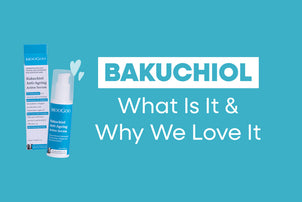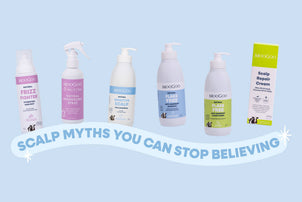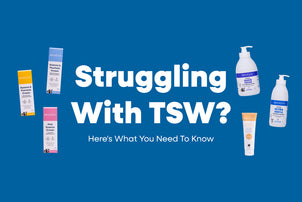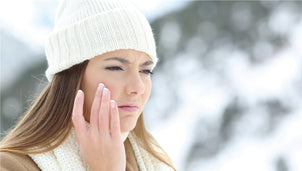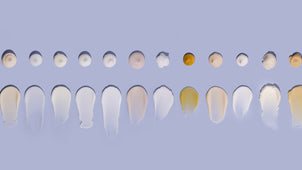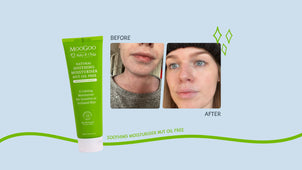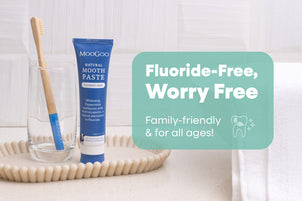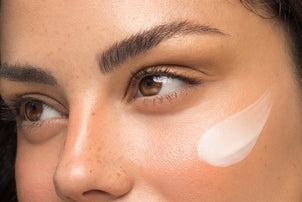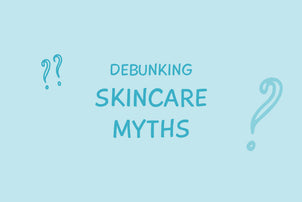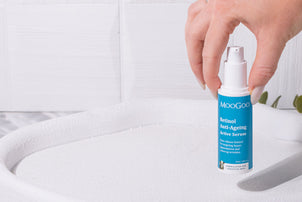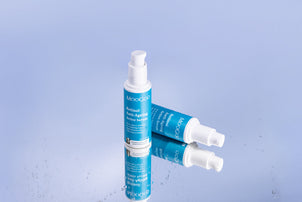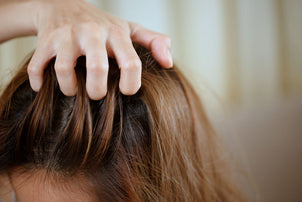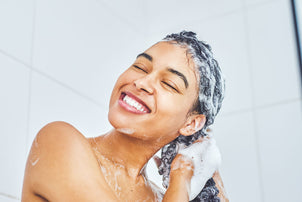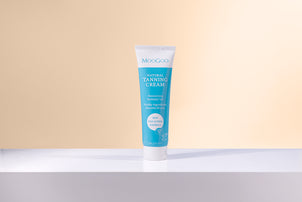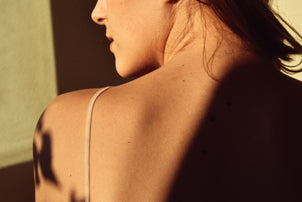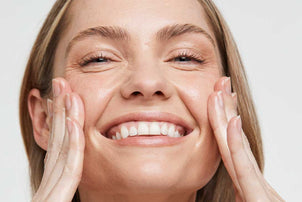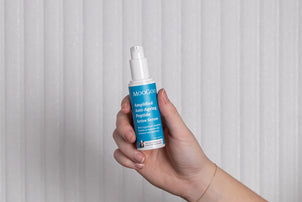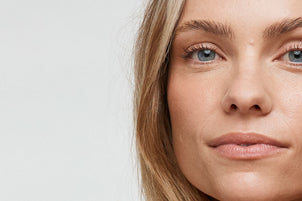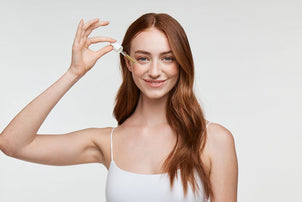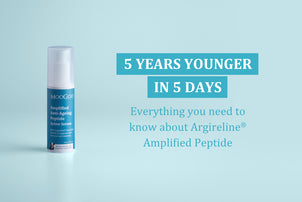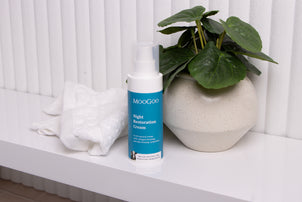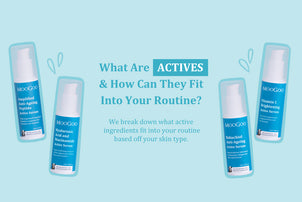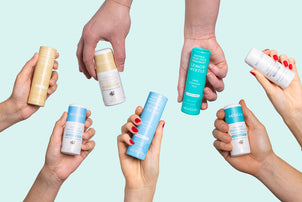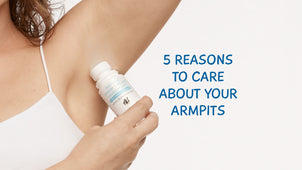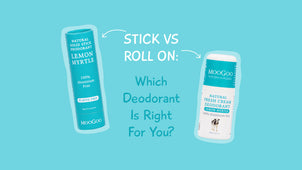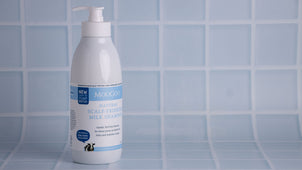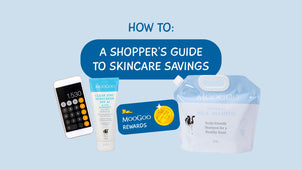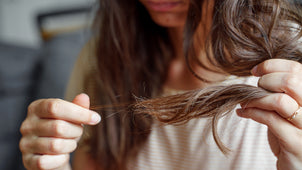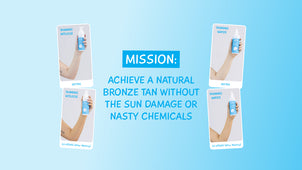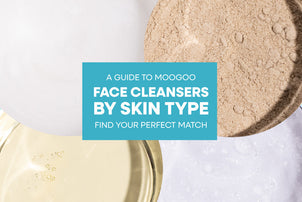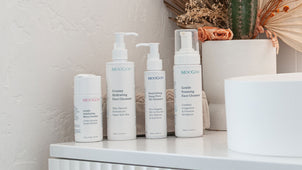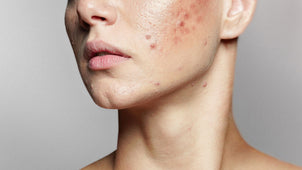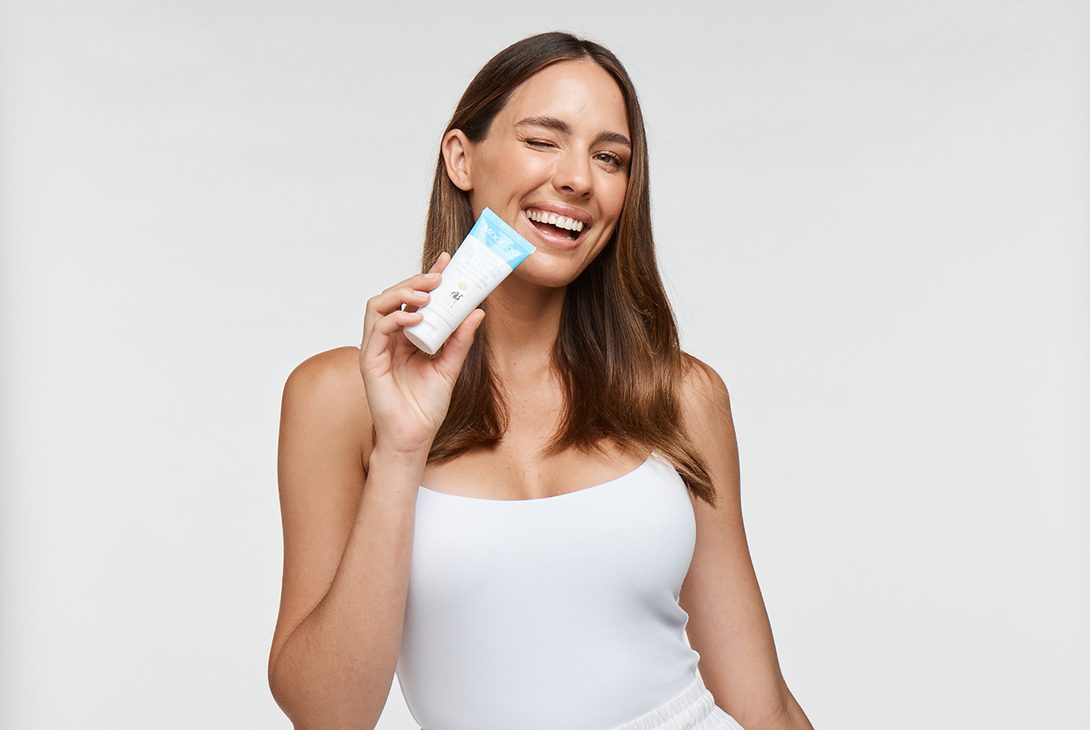
How to Have Fun in the Sun, Safely!
Have you ever applied sunscreen and still ended up with a sunburn? How frustrating and disheartening... As of the stats right now, 2 in 3 Australians will be diagnosed with skin cancer by the age of 70. This results in over 2,000 fatal cases each and every year.
Based on the ongoing SLIP, SLOP, SLAP campaigns, it's probably not news to you that most skin cancers are completely preventable through the use of sun protection. Yet, in spite of all the reminders, Australians love spending time in the sun, which is why it's so important to make sure you're using reliable sun products that actually work.
Naturally, we get a lot of questions about our sun care products and why we choose to use Zinc for sun protection. As products made with naturally-derived ingredients become more popular and people become increasingly educated about the ingredients in the products they use, we thought it would be good to recap some of our most frequently asked SPF questions just in time for a sizzling summer.
What's the difference between naturally-derived and chemical sunscreens? And how do they provide protection?
First, there are sunscreens that use naturally-derived ingredients like Zinc Oxide or Titanium Dioxide to provide sun protection.

Both of these ingredients, once applied, sit on top of the skin providing a physical barrier that reflects UVA and UVB away. We use Zinc Oxide in all of our sun care products. Although UV doesn’t break down Zinc very easily, we recommend that you re-apply as needed, especially after activities like swimming, towelling or exercise.
The second type of sunscreen, technically called chemical sunscreens, uses UV filters, which are always synthetic. They work by absorbing high energy UV radiation and emitting low energy radiation. Over time, UV rays break down these UV filters, so regular application is absolutely essential to maintain protection. This is why you can still get some colour (tan or burn) when using this type of sunscreen.
Are Zinc-based products harder to use?
Upon application, our sunscreens made with Zinc will look white. Allow 30 seconds for it to warm to body temperature and then it'll rub in clear. A little effort for a lot of extra benefits. Avoid contact with eyes, wear cool sunnies instead, and avoid prolonged sun exposure.
How do I find out what's in my sun care products?
In Australia, sunscreen products are only required to list the active ingredients and preservatives on their labels. Most other countries require that all of the ingredients are listed on sunscreen labels, which to us sounds a lot better for everyone, especially for parents of children with allergies. That's why we list all of the ingredients we use in our sun care products on our website.
My sunscreen seems to be separating, does this mean it's gone bad and/or is no longer effective?
Making a sunscreen can be a tricky process because Zinc can be quite thick and needs a lot of emulsifiers to keep it mixed into a spreadable cream so it can be applied to the skin. If left in a hot place (like the car on a hot summer day), our sunscreen can start to separate a bit and you may see a clear liquid come out of the tube when opened.
No need to fear, you’re sunscreen will still reflect away those pesky UV rays. Simply, give the bottle a hardy shake to get things mixed together again. The effectiveness of the sunscreen is not affected (we’ve done some tests to ensure this), but as per the directions on the back of the packaging, we recommend that it be stored below 30 degrees Celcius.
Do your SPF products contain nano particles?
Our sunscreens do contain nano-particles. Any clear Zinc on the market is now classed as ‘nano-particles’ BUT of different sizes. These have previously had a bad rap, however, the description of a nano-particle has since changed so they will not cause any harm.
We use Zinc Oxide with a median particle size of approximately .31 microns (this is 310 nanometres), with all particles between 0.25 microns and 0.35 microns. As a result, Zinc Oxide is nearly invisible when applied to the skin yet still offers broad-spectrum UVA/UVB protection. This also means none is absorbed into the bloodstream.
Is your Sunscreen water resistant?
As long as our sunscreen is on the skin it will continue to reflect UVA and UVB rays away without breaking down or wearing out. You will only need to re-apply if it is physically rubbed off. This formula is water-resistant, but make sure to reapply immediately after activity and swimming, towelling or exercise. Pair this with our SPF 15 Lip Balm to ensure your luscious lips are also fully protected.
Can you make a spray-on or roll-on sunscreen?
As you can probably tell, we’re big fans of using products made with naturally-derived ingredients like Zinc. But, while there are plenty of benefits, there is one trade-off, the effort needed to apply it.
We regularly get requests to make a more liquidy roll-on or a spray-on sunscreen as these can be more convenient to use. While we would love to make your life that little bit easier, by nature Zinc makes sunscreen thicker. This means it's a little bit harder to spread and apply, which wouldn’t work as a spray-on or roll-on format. We’re also not the biggest fan of spray sunscreens. While they seem convenient, it can also be hard to tell if you’re completely covered and protected.
To see our full range of sun protection and find out more, click here!


